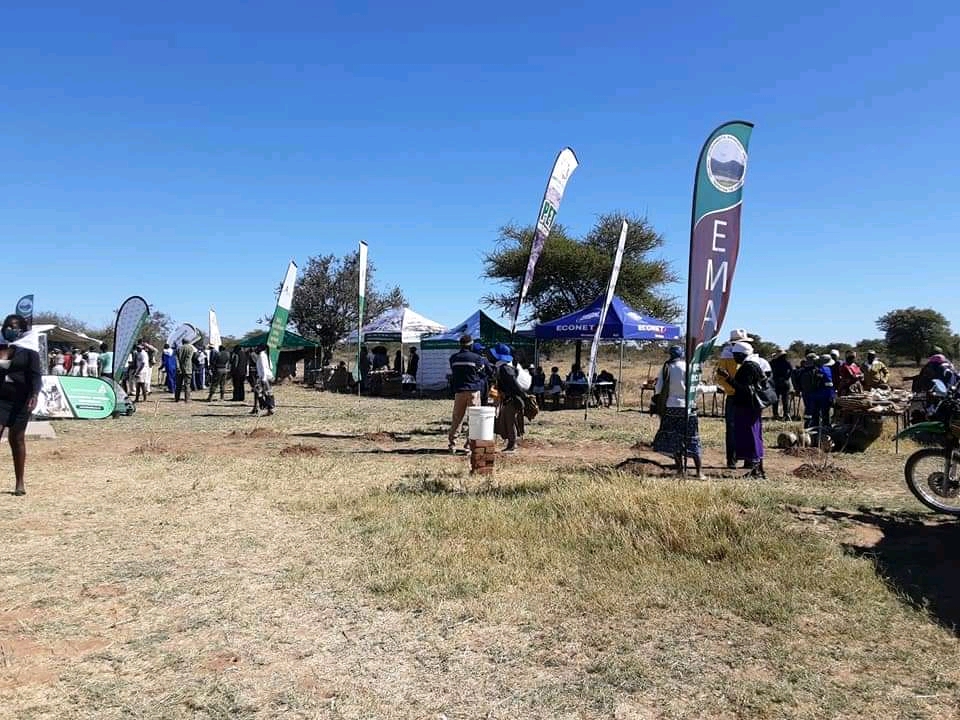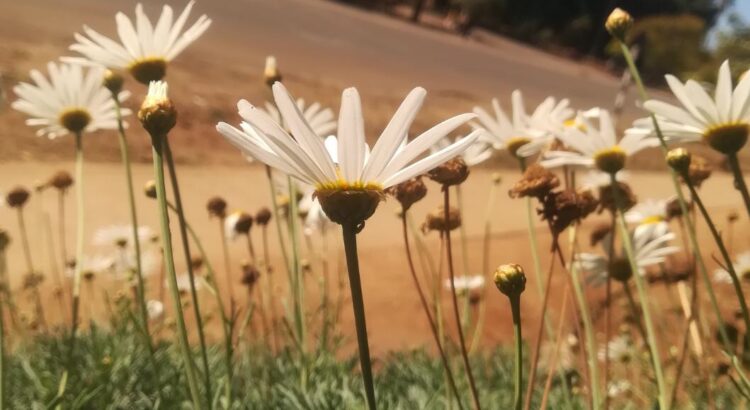Pastures are dwindling as indigenous grasses and trees are swallowed. The invasive alien species ruthlessly stretches its legs into the valley, which has been a guarantor of a reliable food supply system for the community.
The chain is long, linked to the causes of mysterious deaths of animals in the subsistence farming-based expansive lowveld Tribal Trust Lands.
Veterinarians also comment in a language that the community finds difficult to understand, “lantana camara is associated with intrahepatic cholestasis, hepatotoxicity and photosensitization in animals, which can cause deaths in animals.”
Well, that’s not the only cause of environmental disturbance; the need for firewood, timber for construction, and the extension of cultivation lands in the communal areas have resulted in massive cutting down of trees.
Veld fires, stream bank cultivation as soils in designated lands lose their fertility, and poor farming methods have all threatened biological diversity.
Species richness has dwindled, with some plants and animals coming to an extinct, and gullies have deepened and even widened. This reflects the manifestation of environmental challenges prevalent in communal areas.
The 5th of June every year, is recognised as the World Environment Day. It is the United Nations Day for encouraging worldwide awareness and action to protect the environment.
The theme for 2021 is “Ecosystem Restoration”, a theme which is inline with the United Nations Decade on Ecosystem Restoration (2021-2030). The prime focus of the resolution passed by over 70 countries that birthed the United Nations Decade on Ecosystem Restoration is to ensure the sustainable exploitation and management of ecosystems through revival and protection.
Human induced environmental degradation has always been a problem that requires strong attitudinal change among the generality. Ecological restoration – the process of assisting in the recovery of a degraded or destroyed as well as conserving pristine ecosystems – is one of the key strategies that can be adopted to ensure the sustainable management and exploitation of ecosystems.
Where invasive alien species have invaded an area, the removal of such non-native species replacing them with native species is a better strategy in ecological restoration. The Sunday News reported in 2020 that lantana camara, a popular invasive plant species was fast spreading into the Victoria Falls National Park, and over 100 volunteers took part in an exercise to weed out the plant.
The removal of the species thus is one of the most effective measures to deal with the alien species which can threaten the natural balance.
In disturbed communal areas, gulley reclamation is instrumental the restoration process. This involves filling in of gullies and revegetating to help bind the soil, and this can be done to mitigate further gulley migration.
Desalinisation and detoxification of aquatic ecosystems are other critical measures for ecological restoration. In rivers, dredging or cleaning up can be done, greening cities and rewilding gardens are some of the strategies to restore the natural balance.
Most important is the implementation of environmental management laws to protect undisturbed ecosystems for environmental benefit.
To welcome the United Nations Decade on Ecosystem Restoration, a gala was held in Bulilima district in Matabeleland South under a local theme, “Strong Local Institutions – Key in Sustainable Ecosystem Restoration”.

The Bulilima Rural District Council Environment Committee received a motorbike and a bicycle for every ward Environment Sub Committee for all the 22 wards in the district, meant to promote environmental monitoring.
While such initiatives are commendable, there is a need for continuous awareness and education on ecological restoration, especially in communal areas where the challenges associated with environmental degradation have had a greater impact on many people’s livelihoods.
[ssba-buttons]
Very good article. I am experiencing many of these
issues as well..
My brother suggested I might like this web site. He was
totally right. This post actually made my day.
You can not imagine just how much time I had spent for this information! Thanks!